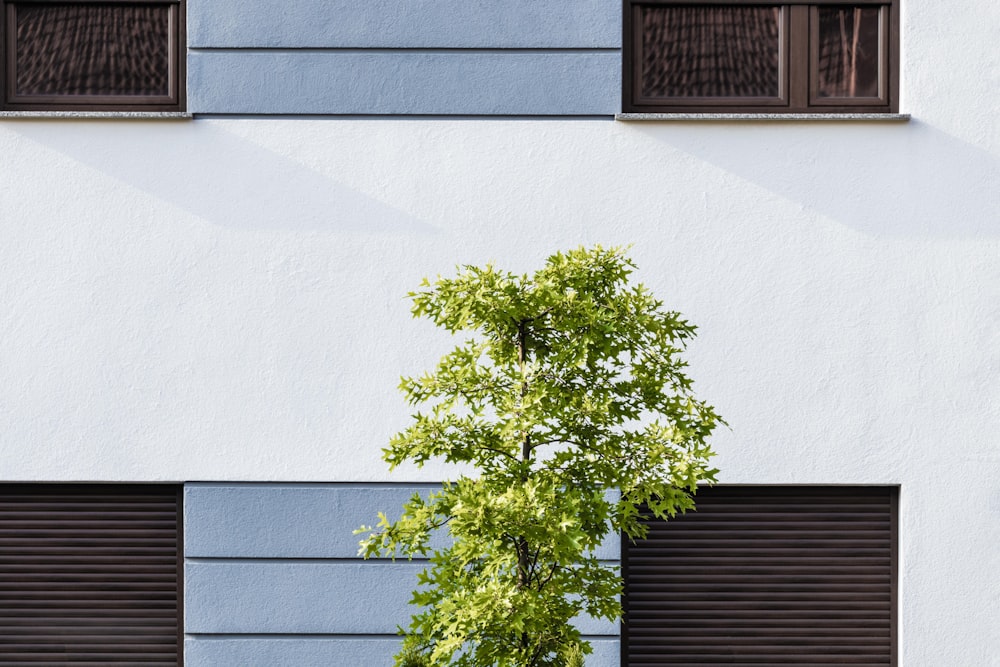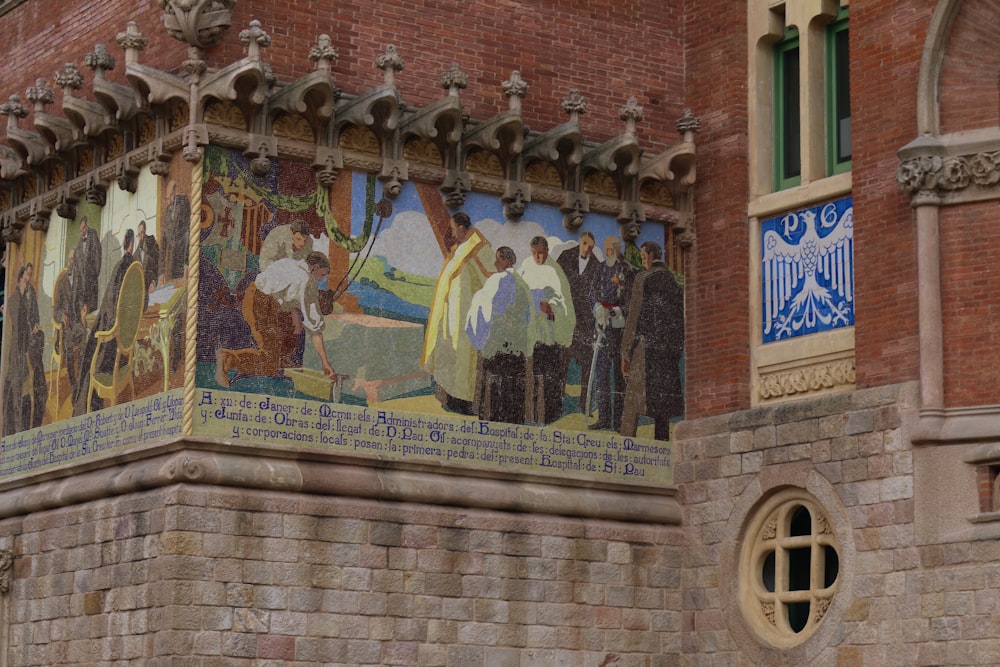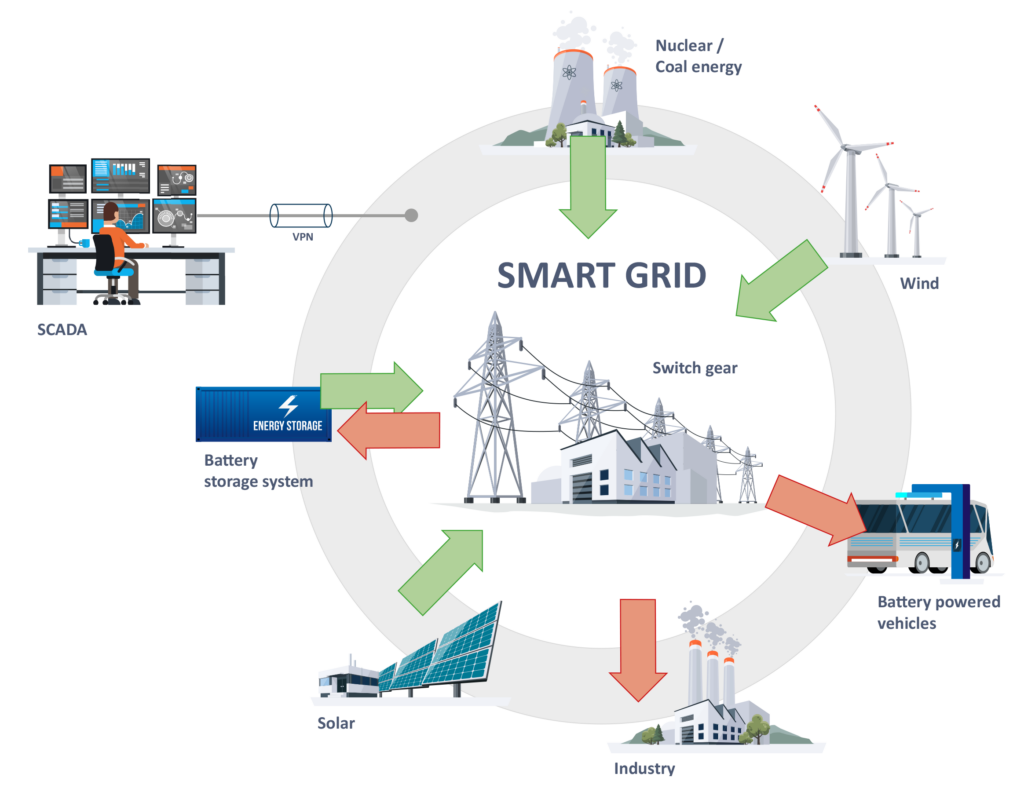Introduction:
In the fast-paced world of modern living, the concept of green architecture has emerged as a beacon of hope for a sustainable future. With its focus on environmentally conscious design and construction practices, green architecture offers innovative solutions to the challenges of urbanization and climate change. In this article, we’ll explore the principles of green architecture and its role in shaping a more sustainable way of life.
Understanding Green Architecture:
At its core, green architecture is about creating buildings and spaces that minimize their impact on the environment while maximizing efficiency and functionality. This approach encompasses a wide range of design strategies, materials, and technologies aimed at reducing energy consumption, conserving natural resources, and promoting biodiversity. From passive solar design to rainwater harvesting systems, green architecture encompasses a holistic approach to sustainable living.
Efficient Use of Resources:
One of the key principles of green architecture is the efficient use of resources. This includes everything from selecting sustainable building materials to optimizing energy usage through passive design strategies. By designing buildings that are well-insulated, properly oriented, and equipped with energy-efficient systems, green architects can significantly reduce the carbon footprint of a structure while also lowering utility costs for occupants.
Renewable Energy Integration:
Another hallmark of green architecture is the integration of renewable energy sources such as solar, wind, and geothermal power. By harnessing the natural energy of the sun, wind, and earth, green buildings can generate clean, renewable power on-site, reducing reliance on fossil fuels and minimizing greenhouse gas emissions. Solar panels, wind turbines, and ground-source heat pumps are just a few examples of renewable energy technologies commonly used in green architecture.
Biophilic Design:
Biophilic design is an essential component of green architecture that seeks to reconnect people with nature through the built environment. By incorporating natural elements such as plants, water features, and daylight into architectural design, biophilic buildings promote health and well-being while also fostering a deeper connection to the natural world. Studies have shown that exposure to nature in the built environment can improve mood, reduce stress, and enhance cognitive function.
Waste Reduction and Recycling:
In addition to energy efficiency and renewable energy, green architecture also emphasizes waste reduction and recycling. By designing buildings with durable, long-lasting materials and implementing systems for recycling and composting, green architects can minimize the amount of waste generated during construction and operation. This not only reduces the environmental impact of buildings but also helps conserve valuable resources for future generations.
Community Engagement and Social Equity:
Green architecture is not just about designing buildings; it’s also about creating vibrant, healthy communities where people can live, work, and thrive. Through community engagement and social equity initiatives, green architects seek to address issues such as affordable housing, access to green space, and social inclusion. By involving stakeholders in the design process and prioritizing the needs of marginalized communities, green architecture can help create more resilient and equitable cities for all.
Conclusion:
In conclusion, green architecture offers sustainable solutions for modern living that prioritize environmental stewardship, resource efficiency, and social equity. By integrating renewable energy, biophilic design, and waste reduction strategies into architectural practice, green architects can create buildings and communities that are not only environmentally friendly but also healthy, resilient, and inclusive. As we continue to confront the challenges of urbanization and climate change, green architecture will play an increasingly vital role in shaping a more sustainable future for generations to come. Read more about green architecture





